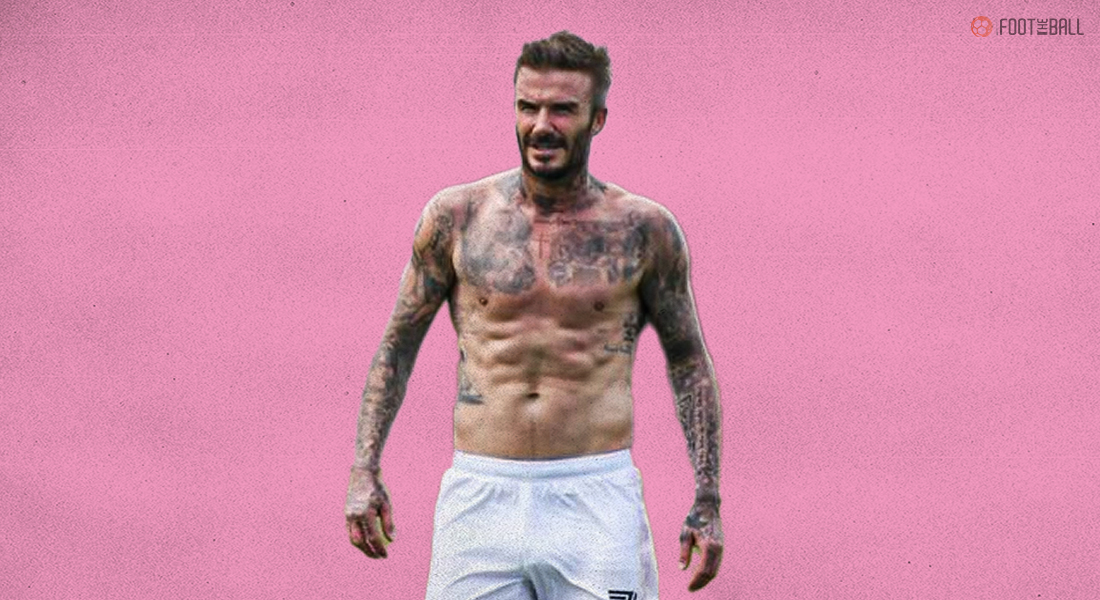
When it comes to playing soccer, athletes need to keep their fitness and conditioning to a high standard. The top soccer players training routinely perform a range of exercises and drills to keep on top of their game.
These exercises improve their stamina, strength, agility, and speed. To learn more about what some of the best exercises for soccer are, take a look below.
Resistance Training
Speed is an attribute that all great soccer players must have. To improve your sprinting ability and speed, you should implement resistance training into your routine.
The faster you are, the quicker you can make decisions and run to pass, shoot, dribble, and tackle. Resistance training doesn’t need to be overly complicated either.
All you need are some resistance bands and you can get started. One of the most popular resistance band exercises for soccer players involves tying it around your legs and feet and running on the spot.
The idea is that you run on the spot as fast as you can while encountering resistance from the bands. Therefore, when you go to sprint without the resistance bands, you can find it easier.
You can also use resistance bands for doing pushups and lunges to improve your strength along with your speed.
Interval Training
Interval training is excellent for improving your stamina. Ensuring that your stamina is up to scratch is vital for soccer players as it enables you to endure the entirety of a match without tiring too quickly.
If your stamina is poor, you may struggle to play to your best ability for a full 90-minute soccer game.
Interval training can be an easy way to develop your stamina. It involves performing two exercises with different intensity levels. One common example of interval training involves sprinting at 100% output for a certain period of time, before slowing down and jogging for some time.
Soccer players also do a similar exercise by sprinting to a certain point, then jogging to the next point, and repeating the cycle. This changing of pace while exercising gets soccer players better prepared to change with the pace of the game quickly.
Players with poor endurance struggle to keep up with the pace changes in soccer matches which can leave them lacking. One of the best elements of interval training is that it doesn’t require any equipment.
Developing Strength
Soccer players must ensure that they’re improving their strength, despite soccer not being a contact sport. This is because it helps you resist being knocked off the ball too easily so that you can continue to play to your best ability.
It’s also crucial when players are jockeying during set-pieces. If you’re too weak, you could miss opportunities when the ball is being played in due to another player knocking you out of position.
Lifting weights is the best way to improve your strength. If you don’t have access to lift weights, you can perform a range of bodyweight exercises that include push-ups, lunges, and squats. These are all exercises that you can do from home to improve your strength.
Improving Flexibility
Along with speed and strength, being agile and flexible enough while on the pitch is crucial for ensuring that you can keep up with the pace of the game. Soccer players must be able to change directions and speeds quickly.
One of the ways that pro soccer players ensure that their bodies are agile enough for games is to perform warm-up exercises both before and after playing matches.
When you warm up before a game, you’re giving your body a better chance of being resistant to cramps and injuries. The last thing you want is for your legs to start cramping up at a crucial moment of the match.
Warming up before games gets your muscles and joints better prepared for movement. In addition to this, your body feels more flexible which can help you move faster.
Some common warm-up exercises include quick shuffles, high knees, and bum kicks, and heel flicks.
Other Tips to Consider
Now that you know a little more about some of the best training exercises for soccer players, you may want to know more about some of the other factors that are involved in improving your game.
Diet
Your diet as a soccer player is crucial to ensuring that you’re making the most out of the above tips. If you’re not eating healthily and giving your body the nutrients it needs, the aforementioned exercises won’t be as effective.
What you put into your body has a direct correlation with your performance. If you’re overweight due to eating poorly, this will hurt your ability to play well on the pitch. In addition to this, eating poorly can cause you to feel more lethargic and not have as much energy.
Not to mention, staying hydrated is another key factor to consider. Keeping yourself properly hydrated improves your energy and ability to focus while playing.
So, try to stick to whole foods, such as unprocessed meat, veg, starchy carbs, and high-fiber foods, while also drinking plenty of water. This will make a big difference in your energy levels and help you train and play better.
Set Goals
Another overlooked element that goes into training for soccer games is setting goals for yourself. You should set specific goals that you want to achieve during a soccer season and aim to accomplish them.
Even if you fall short of the goals, aiming for them may just get you further ahead than you may have been before. Examples of setting goals could include improving the number of push-ups you can do or how fast you can sprint in 100 meters.
Be sure to keep tabs on your progress and set goals that have a realistic timeline for you to aim towards.
Recovery Time
Whilst it seems beneficial to keep your foot on the gas and continuously try to improve, taking some time out to recover properly is equally as important. Without resting properly, you run the risk of overworking your body.
When the body is overworked, this can lead to an increased chance of injuries and poor performance. Therefore, you should be sure to take enough time in between training sessions and soccer matches to give your mind and body the chance to recover.
It’s also a good idea to include fast and slow pace exercises during training to give yourself some variety and recovery time. Training sessions should also be limited to around two hours at the most to prevent you from exerting too much energy and not having enough for the real matches.
Conclusion
Fitness, conditioning, strength, and nutrition are all equally important factors to consider to improve your ability as a soccer player. Hopefully, the details found throughout our post have proven to be useful for helping you figure out the best ways to exercise for soccer.




